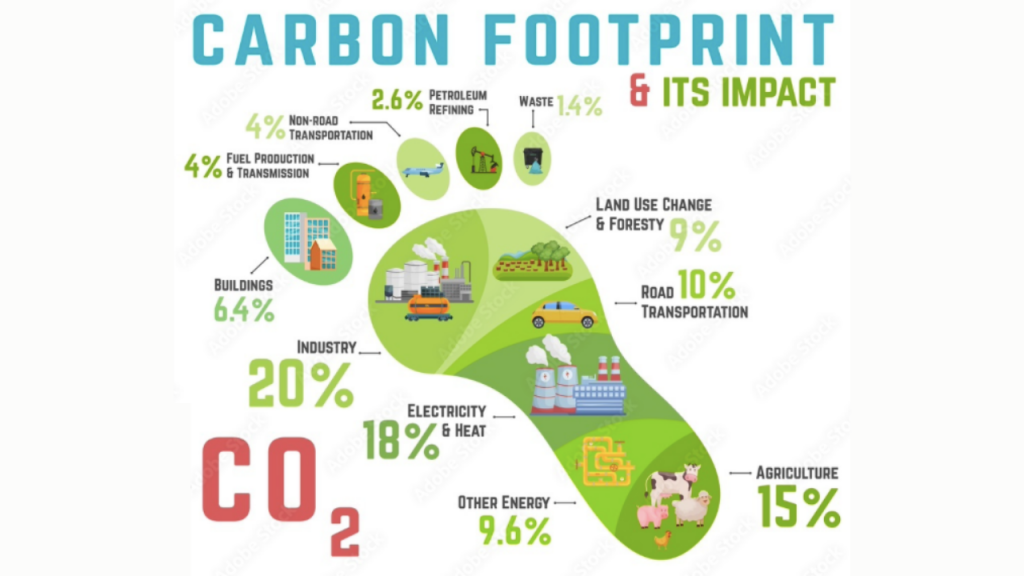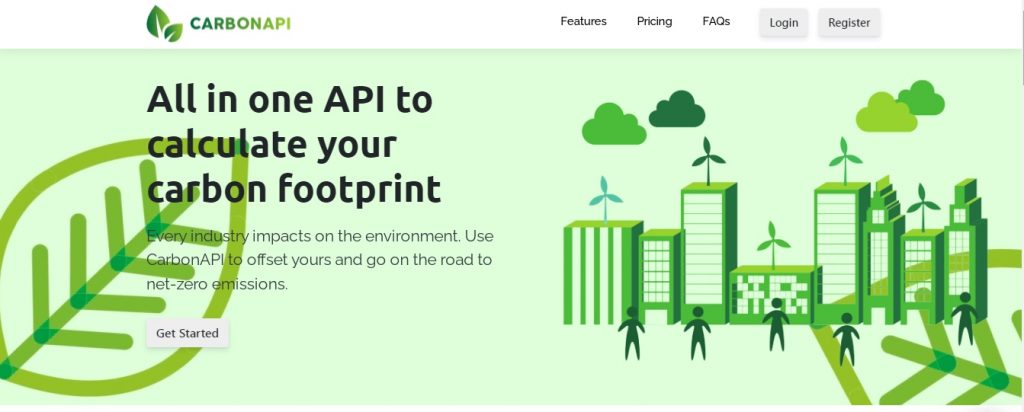The Climate Change Act of 2008 establishes the framework for managing and responding to the threat of climate change in the United Kingdom. By 2050, the UK must cut overall GHG emissions by at least 80% below 1990 levels. However, countries and people worldwide want to commit to protecting the environment and natural resources. Where do you begin if you wish to be a part of the green movement? Hopefully, this article’s concise guide will clear your doubts.
A carbon footprint is the quantity of greenhouse gas emissions emitted by a product or service throughout its manufacture, usage, and disposal. It comprises carbon dioxide, the most prevalent gas released by humans, and others such as methane, nitrous oxide, and fluorinated gases, which trap heat in the atmosphere and contribute to global warming and other damaging environmental effects.
As a result, we, as humans, increase emissions and deplete the planet’s resources. Knowing your carbon footprint can help you reduce it. Regarding individuals, tiny adjustments can produce a tremendous effect in the long term when concerned about transportation, food, apparel, energy and waste. For businesses, the most commonly acknowledged method is to identify and categorise emissions-producing operations into three categories or scopes:

Direct emissions: released directly into the atmosphere by activities owned or controlled by the organisation.
Indirect (energy) emissions: emissions discharged into the environment resulting from the purchase of electricity, heat, steam, or cooling.
Other indirect emissions: emerge as a consequence of your actions but are not classified as indirect (energy) emissions because they occur at sources the company does not own or control.
Taking that data into consideration, individuals and enterprises can calculate their carbon footprint. But don’t worry about mathematical formulas. In today’s world, technology wishes to contribute to sustainability. Thus, several CO2 trackers will do the job for you. In the case of organisations, they might be requested to report GHG emissions in tonnes of CO2e. Gross emissions are your overall GHG emissions before accounting for any emission reductions you have acquired or sold.
If you searched through the Internet for a carbon footprint calculator finding multiple tools with an attractive, professional image, you probably wonder which one is best for you. That’s why, so you don’t wait any longer to start your eco-friendly journey, we will make your life easier by recommending an all-in-one API.
CarbonAPI
CarbonAPI understands every industry has an environmental impact. For that reason, it assists you in calculating your carbon footprint to achieve net-zero emissions. With this software, you can meet climate goals by tracking the emissions and consequences of freight transportation, shipment flows, and logistical energy use across the whole supply chain.
Moreover, CarbonAPI‘s API is easy to integrate and utilise. You may input up to a year’s worth of consumption data relating to electricity, package delivery, freight & logistics, flights, vehicles, etc. Then, the programme will compute your carbon footprint in kilogrammes of carbon (CO2e). Not to mention CarbonAPI will categorise the data and provide analytical graphs of your usage for transparent reporting. And if you prefer, you can do this operation via the web-based tool.
Last but not least, CarbonAPI is perfect for individuals, small companies and big corporations. Thinking this trait makes it an expensive asset? That’s a cold guess, according to the Hot or Cold game. The billed plans are accessible to each type of user and guarantee a transparent pricing (knowing exactly what to pay). Yet, you can operate 20 API calls (or entries in the calculator) per month, online reports and the API for free.
Are you left with questions about the topic? Let us know to approach them in future articles!


